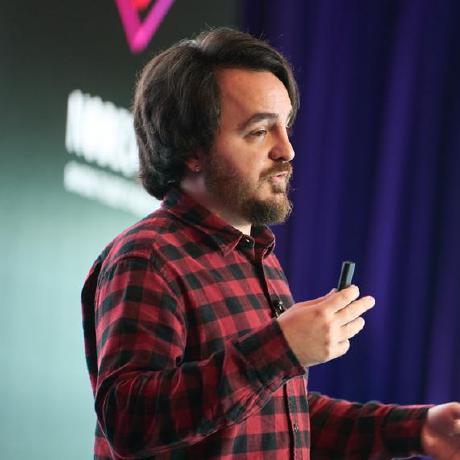
Microservices with GRPC and Kafka on Node.js
This is an example microservices architecture which uses GRPC communication between microservices for requests that need instant reply, and uses fault-tolerant messaging queue for HA.
Each microservice supports both GRPC communication and consumption through Kafka topics. If you need to get a response from a certain microservice, GRPC is recommended. If the task can be done asyncronously, please do it within Kafka's boundaries.
Architecture Overview
Requirements
- Node (preferably >= 15, since ESM is enabled by default)
- PostgreSQL (preferably >= 12)
- Kafka
Development
- Install dependencies using
npm installon the root directory - Run
docker-compose upon the root directory - Prepare database using the directions in
packages/subscription
Deployment
Public:
- has
/metricsendpoint where it exposes certain memory and cpu consumption metrics for Prometheus support. - has
/healthendpoint for readiness and liveliness probe checks.
GRPC microservices:
- supports
grpc.health.v1.Healthgrpc health checks
For further information regarding Kubernets deployment, please look into the k8s folder.
Security
-
inter microservice communication
- In general all communications between microservices should be encrypted, preferably using SSL. Right now, all of the requests are signed but have insecure SSL configuration.
-
All microservices hide stacktraces and error messages from client by default.
-
Rate limiting is enabled on public microservice. the default configuration is max 100 requests per minute.
- Right now we're using memory based rate limiting which is bad for production since it will reset on deployment, and work be suitable if you have scale to more than 1 horizontal pods.
- Exposes
x-ratelimit-limit,x-ratelimit-remaining,x-ratelimit-resetandretry-afterheaders to client.
-
CORS configuration: Before using this code on production make sure that the necessary CORS headers should only allow requests from your owned domains to disallow unwanted requests from browsers and websites.
OpenAPI 3 Specification
You can access OpenAPI 3 based documentation generated by public microservice using docs next.js project which consumes the OpenAPI specification and creates a developer friendly website.
Privacy Issues
- Subscription microservice is not GDPR friendly. We shouldn't store any personal information unless we particularly need it. Since some of the issues regarding personal information was inside the task itself, I left it there, but in order comply with the regulations, I didn't soft delete a subscription but removed it completely upon cancellation.
Development Issues
- Lerna npmClientArgs does not work for Node 15 & NPM 7. Please refer to https://github.com/n8n-io/n8n/issues/1149. In order to solve installation issues you need to run
npm config set legacy-peer-deps true. By default usingnpm installtriggersprepare-build.jscommand which handles this error.